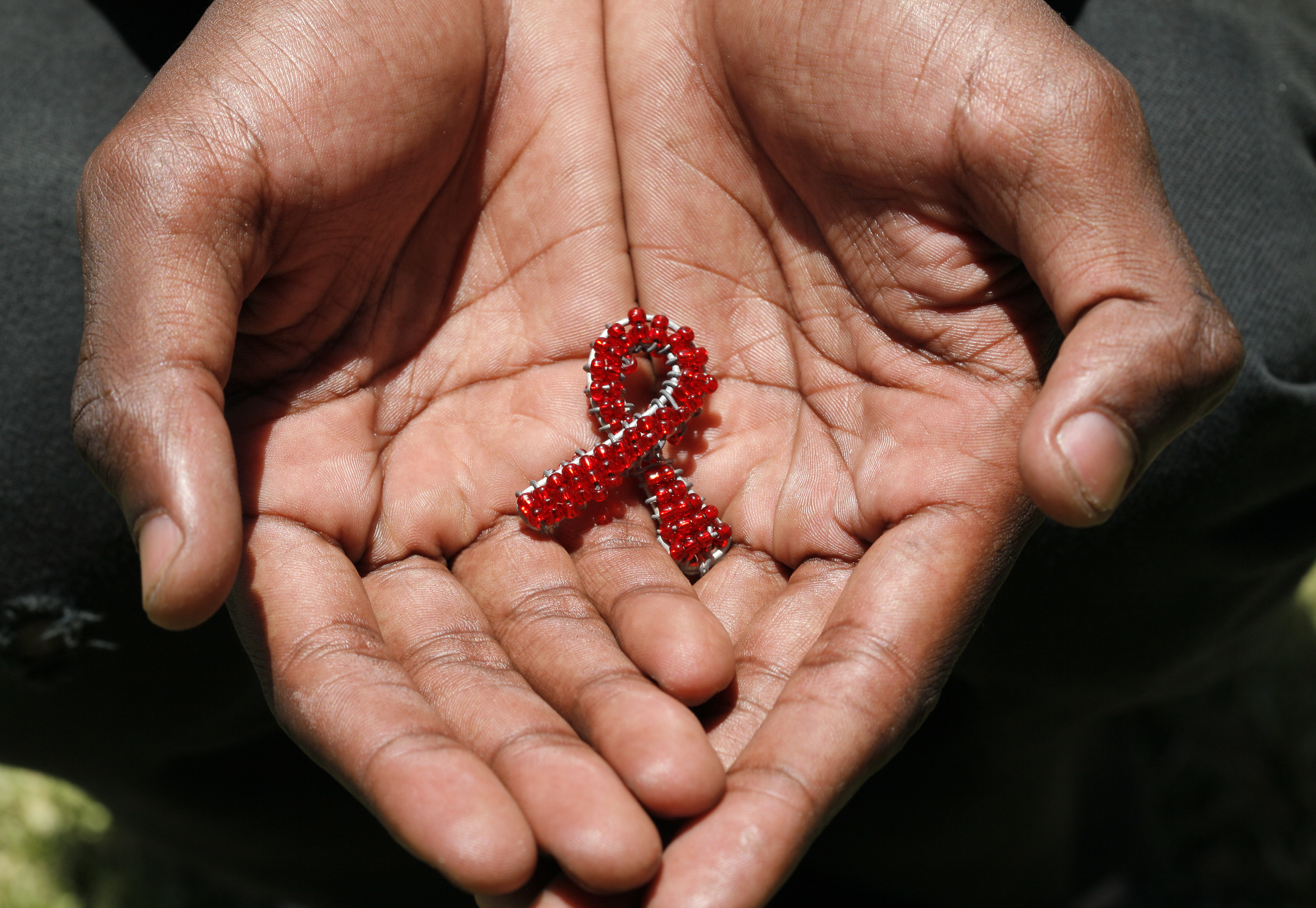
World leaders have unanimously committed to ending the AIDS epidemic by 2030 as part of the UN Sustainable Development Goals. In order to reach that goal, UNAIDS developed a series of targets called 90-90-90. That means by 2020, there is hope that:
- 90 percent of all people living with HIV will know their status;
- 90 percent of those diagnosed with HIV will receive sustained treatment; and
- 90 percent of those receiving treatment will have suppressed viral loads.
Unions have long been part of the fight against HIV/AIDS, through awareness-raising; developing workplace policies; investing in local, national and global initiatives; advocating for government action; and challenging stigma.
Here’s a look at what Canadian unions are doing now to get us to 90-90-90 by 2020.
Internationally
For the past two years, the Canadian Labour Congress has been involved in an historic project in Nigeria: a partnership between Canadian and Nigerian unions, governments, and employers to help Nigeria meet the International Labour Organization (ILO) standard on HIV/AIDS.
After initial meetings, the CLC engaged an on-the-ground national coordinator to support African unions calling for national HIV/AIDS assessments. Since this February, she has been working with the ILO; the International Trade Union Confederation; and Nigerian government, unions, civil society and other stakeholders to hold the first-ever national assessment on HIV/AIDS in Africa. Those involved hope the assessment will not only make change in Nigeria, but also serve as a model for other countries.
The work in Nigeria would not be possible without the support of the Canadian HIV/AIDS Labour Fund. Since the fund was established in 2003, unions raised more than $500,000 to support unique, collaborative projects with unions in the following countries: Nigeria, Tanzania, Kenya, Zimbabwe, Uganda, Mozambique, Senegal, Ghana, Botswana and Rwanda.
Thousands of workers in Africa have received preventative education through this fund, which has also supported testing programs, union HIV/AIDS conferences, production of awareness materials, and incorporation of gender analysis into HIV/AIDS work.
In Canada
For over a decade, the Canadian Labour Congress has worked to support HIV/AIDS education, prevention, testing and treatment, through partnerships with Canadian organizations like the Council of AIDS Service Organizations, RESULTS Canada, the Canadian Network for Maternal, Newborn and Child Health, and coalitions like the Interagency Coalition on AIDS and Development, and the Global Treatment Access Group.
There is still work to do. Right now, HIV prevalence in Canada is still increasing — up 9.7 percent since 2011. Approximately 21 percent of Canadians with HIV are unaware of their status.
The Canadian government endorsed 90-90-90 last year, and unions are challenging the government to implement concrete plans to get us to those targets.
Plans must involve the communities most impacted. Men who have sex with men have HIV incidence rates 131 times higher than other men. Canadians from HIV-endemic countries, and Indigenous communities are also disproportionately impacted. Only by working with these communities to tackle stigma and support education, prevention and treatment, can we get to 90-90-90 in Canada.
December 1 is World AIDS Day. Statistics in this article are from CATIE.



